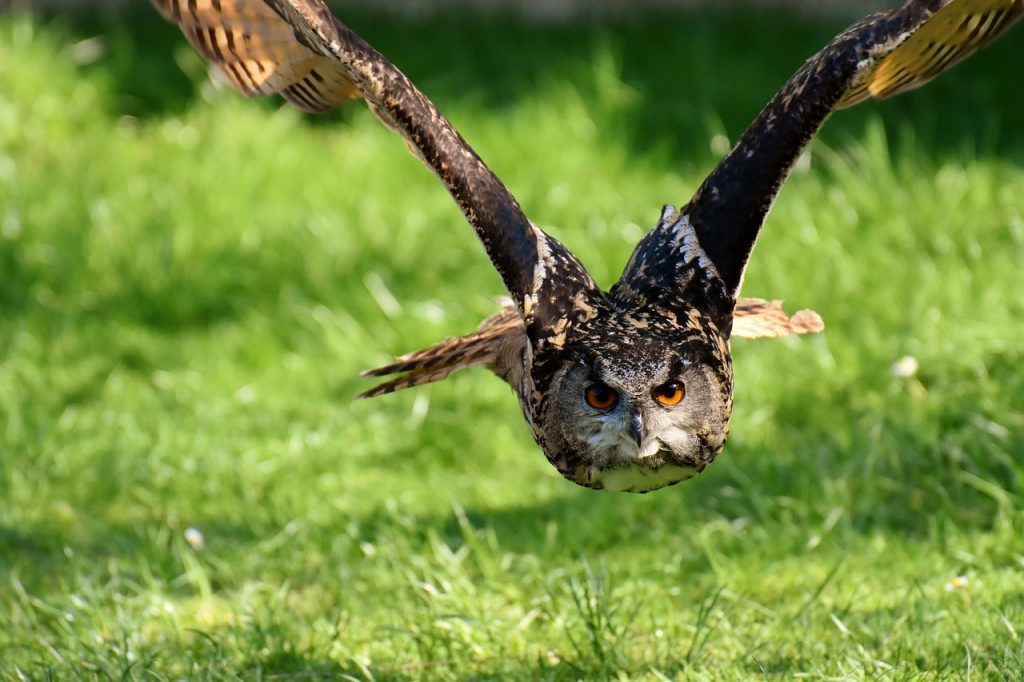All about Birds
All About Owls: Species, Behaviors, and More!
Owls are amazing creatures. There are more than 200 species of owls, and they can be found on every continent except Antarctica. Owls come in a variety of shapes and sizes, and they have many different behaviors. Some owls live in caves, while others live in trees. Owls eat a variety of prey, including rodents, snakes, and other birds. In this blog post, we will explore all things owl-related. You will learn about different owl species, their behaviors, and how to care for your owls best if you are an owner. So let’s get started.
Introduce the topic of owls and why they are interesting
Owls are one of fascinating creatures in the world. These mysterious creatures have captivated humankind for generations, becoming synonymous with wisdom and mysticism. While each species has unique characteristics, all owls share a few common traits. One fact that makes owls so remarkable is their ability to turn their heads as far as 270 degrees! This allows them to have a larger field of vision and better access to prey.
Furthermore, owls have extraordinary night vision due to their large eyes and an extremely high density of rods in the retina, which helps them see even in low light conditions.
On top of that, owls are very quiet hunters. Thanks to special feathers that muffle noise and velvety soft feathers, which reduce air resistance during flight.
Discuss different species of owls and their unique features

Owls are fascinating types of birds, unique in various ways from other species. Though often small, they have a large presence and can be found in many habitats worldwide. Two types of owls commonly seen are Barn Owls and Snowy Owls. The Barn Owl is found in many parts of Europe and Asia, characterized by its heart-shaped facial disk and mottled-tan feathers. It typically resides in barns or hollow trees, consuming rodents and insects.
On the other hand, the Snowy Owl is found mostly in North America’s Arctic tundra regions and some northern European countries. Noted for its white feathers and yellow eyes, this species preys on small mammals such as rats, mice, hares, and voles while frequently roosting on rocky outcrops or fence posts during the day. Though some owls have similar characteristics, they all possess a special beauty that allows them to stand out independently.
Describe the typical behaviors of owls, such as hunting and nesting

Owls may be small but have adapted remarkable behaviors over the years. During the day, owls keep to themselves in trees or on dense bushes and, depending on the species, will even dig their burrow in the ground. At night, however, owls are one of the most active birds! Many types of owls can be found nesting in tree cavities, old buildings, and crevices on rocky ledges – though some types are quite particular about their nests.
Barn owls build thick nests from sticks, whereas Great Gray Owls prefer a thinner layer of grass and leaves. When hunting, owls’ silent flight, and impressive vision allow them to sneak up on unsuspecting prey with incredible precision! As if that weren’t enough, these clever birds also have razor-sharp talons to grab or even kill their prey – serving as proof of nature’s beneficent design. All-in-all it’s easy to see why owls have been a source of magic and mystery throughout history.
Share interesting facts about owls, such as their nocturnal habits

Owls are interesting creatures, and few animals have been as interesting to humans as these nocturnal hunters. While most people know that owls are mostly active at night and hunt by sound, they may need to become more familiar with some interesting facts about them. For example, some species of owl have asymmetrical ears located on different parts of their heads to help triangulate sound.
In contrast, others have flattened facial discs to funnel sound better into their ears. Owls can see much better at night than humans due to the many light-sensitive cells in their eyes and their wide field of vision. They can also rotate their necks almost 270 degrees! While some owls may be seen during the day, most are truly nocturnal and typically hunt for small rodents, birds, insects, and other animals at night. So although owls might look cute and harmless, they’re powerful predators that cine when darkness falls!
Dispelling myths about nocturnal creatures like owls is an interesting way to explore the fascinating world around us. Whether you’re a budding naturalist or just looking for interesting animal facts. Understanding owl habits will spark your curiosity even further.
Owls are fascinating creatures, and there is much to learn about them. In this blog post, we’ve introduced you to the different species of owls and their unique features. We also described some typical behaviors that owls exhibits, such as hunting and nesting. Finally, we shared a few interesting facts about these nocturnal birds. If you want to learn more about owls or other bird species, be sure to check out our other blogs

